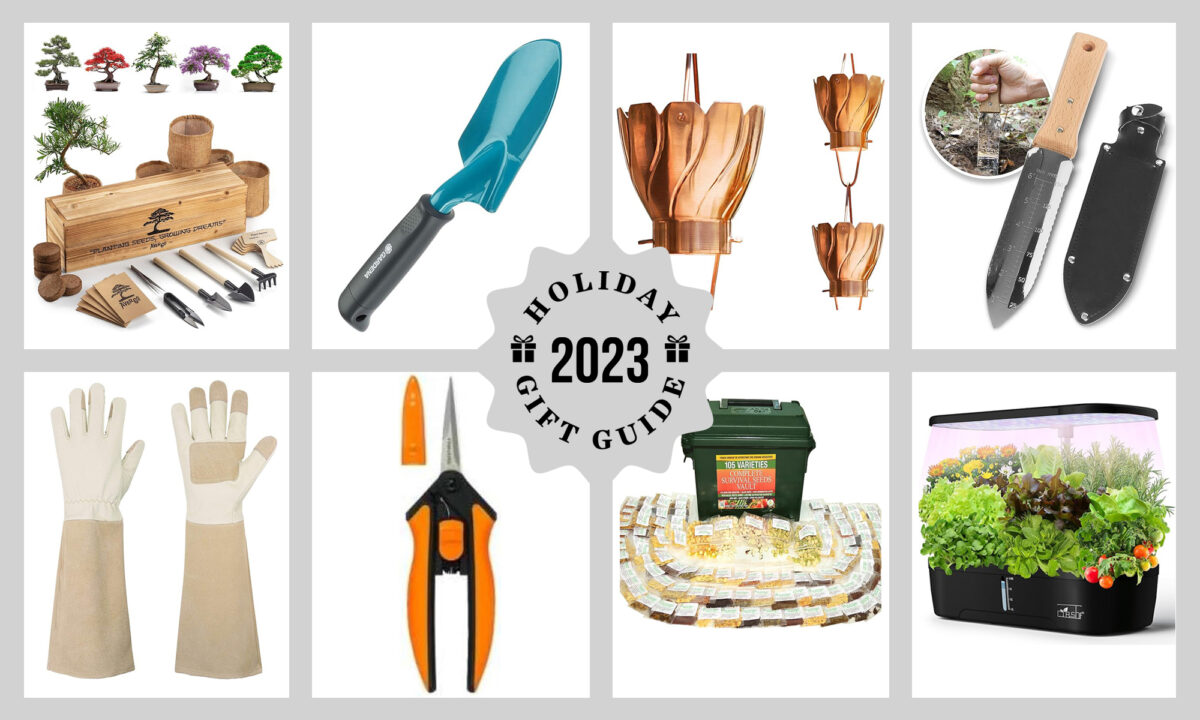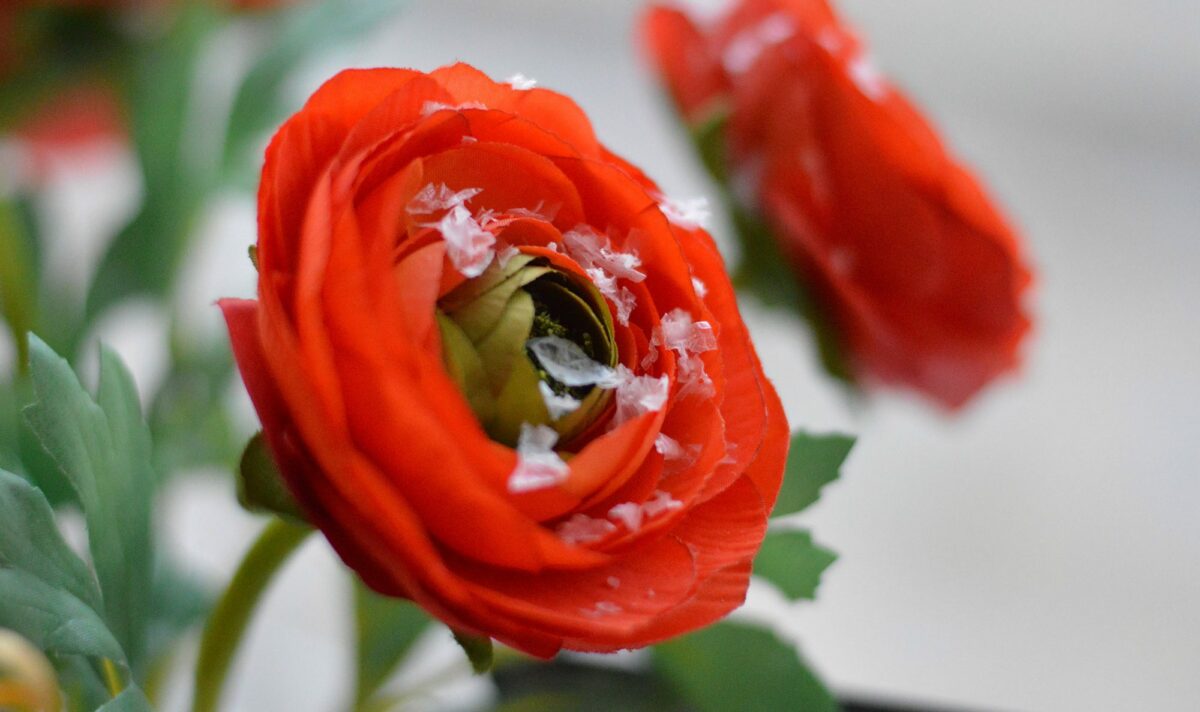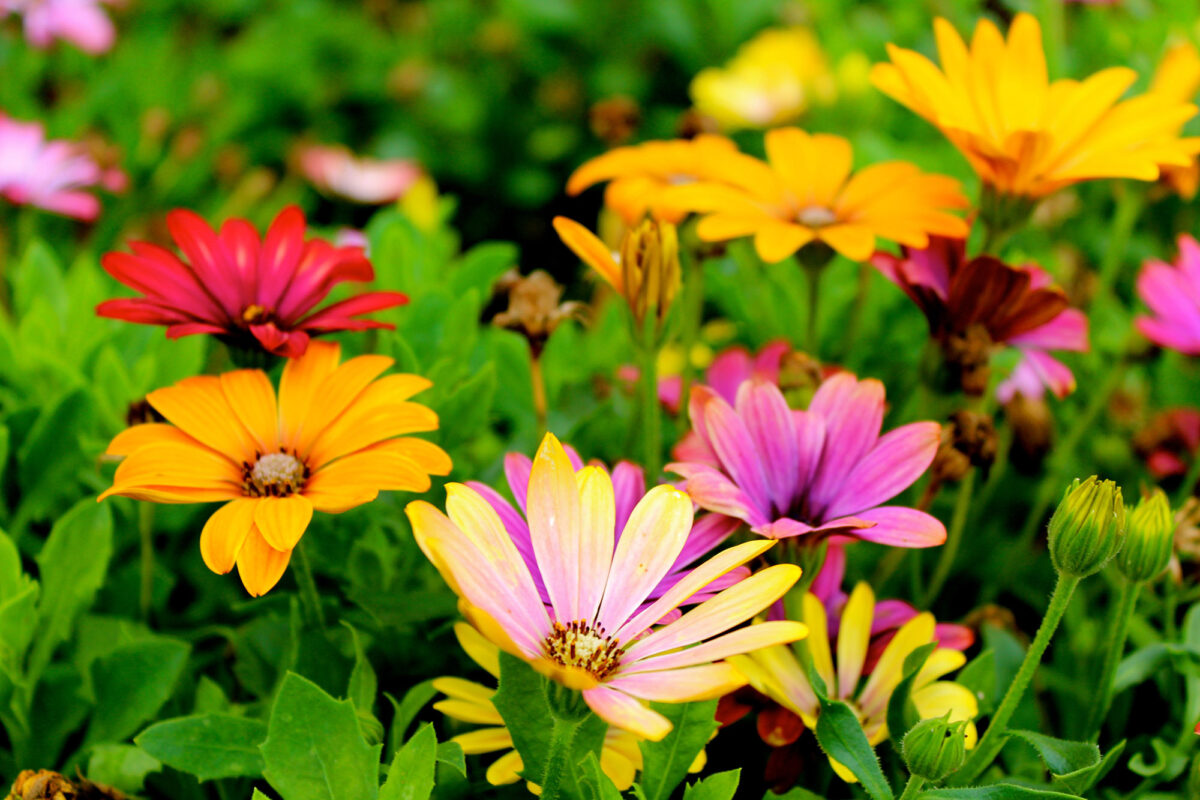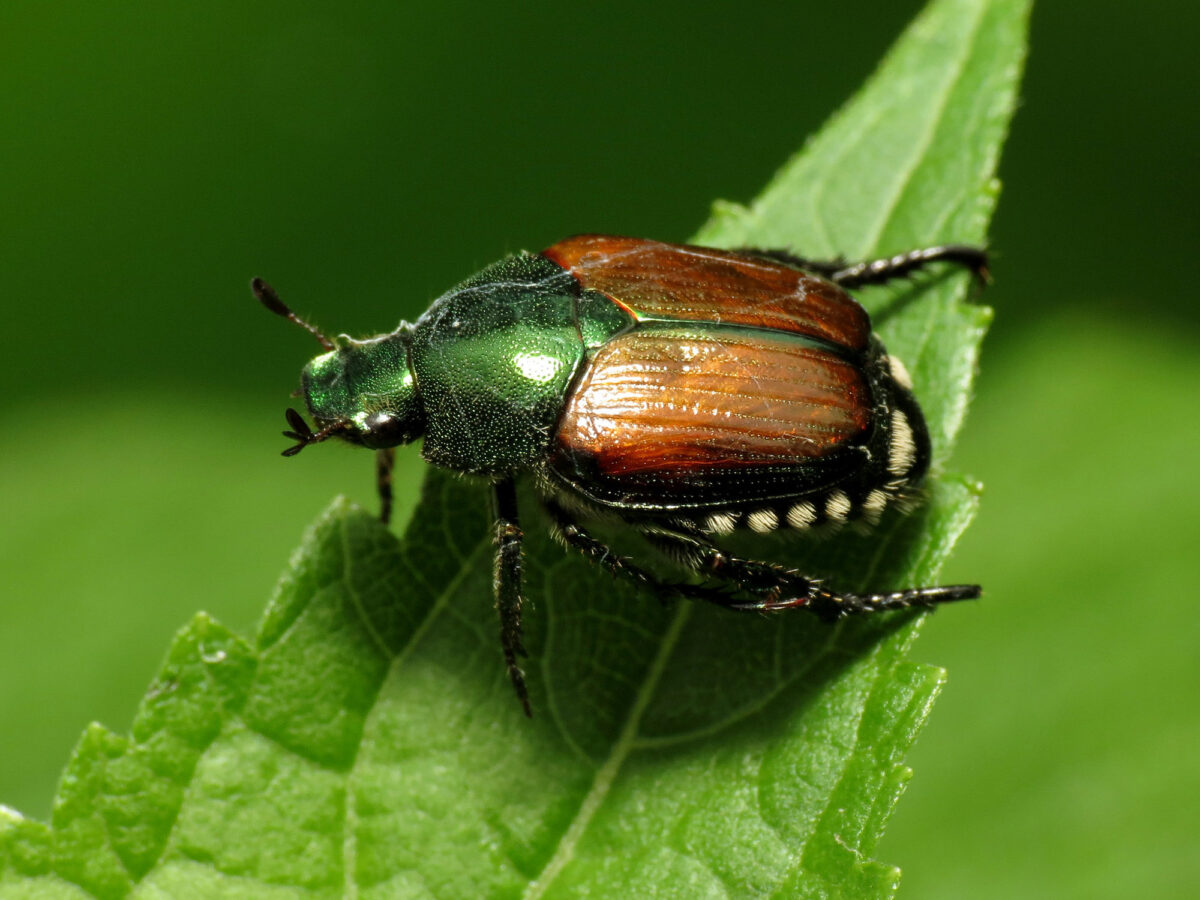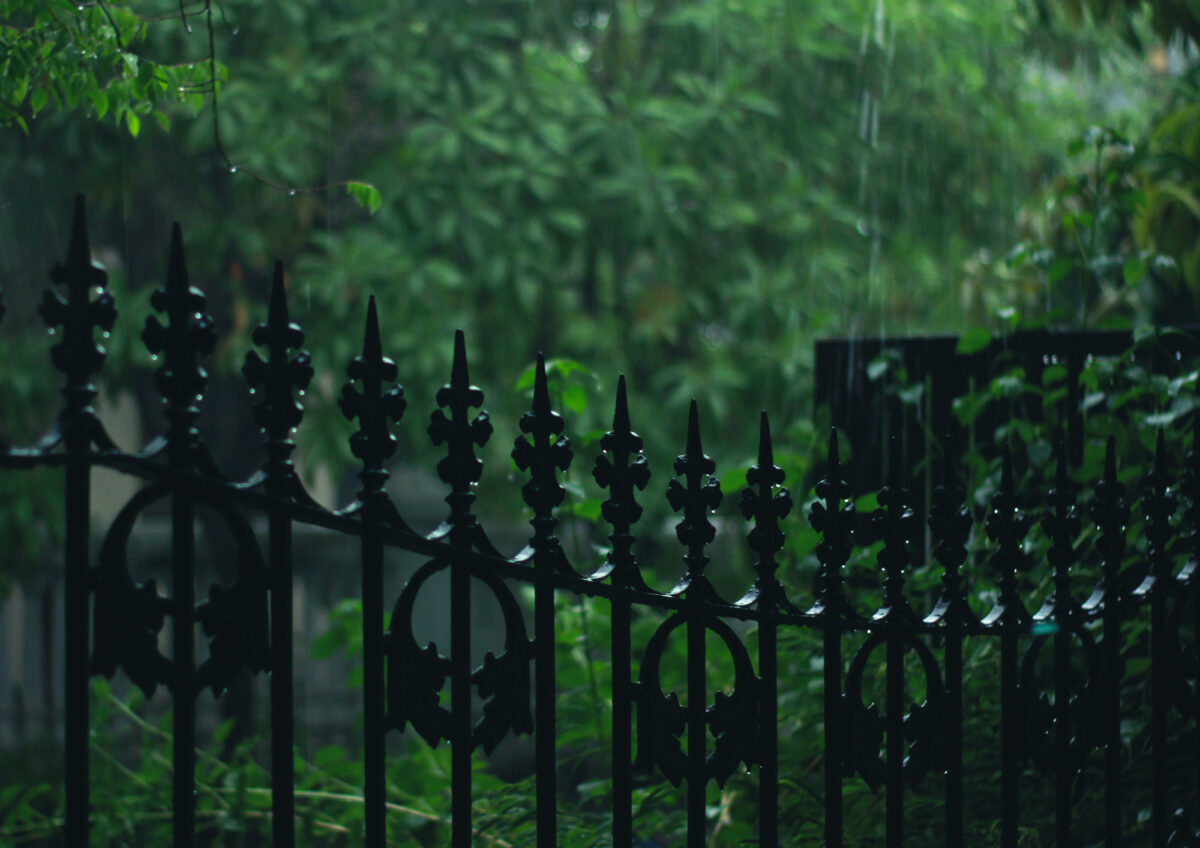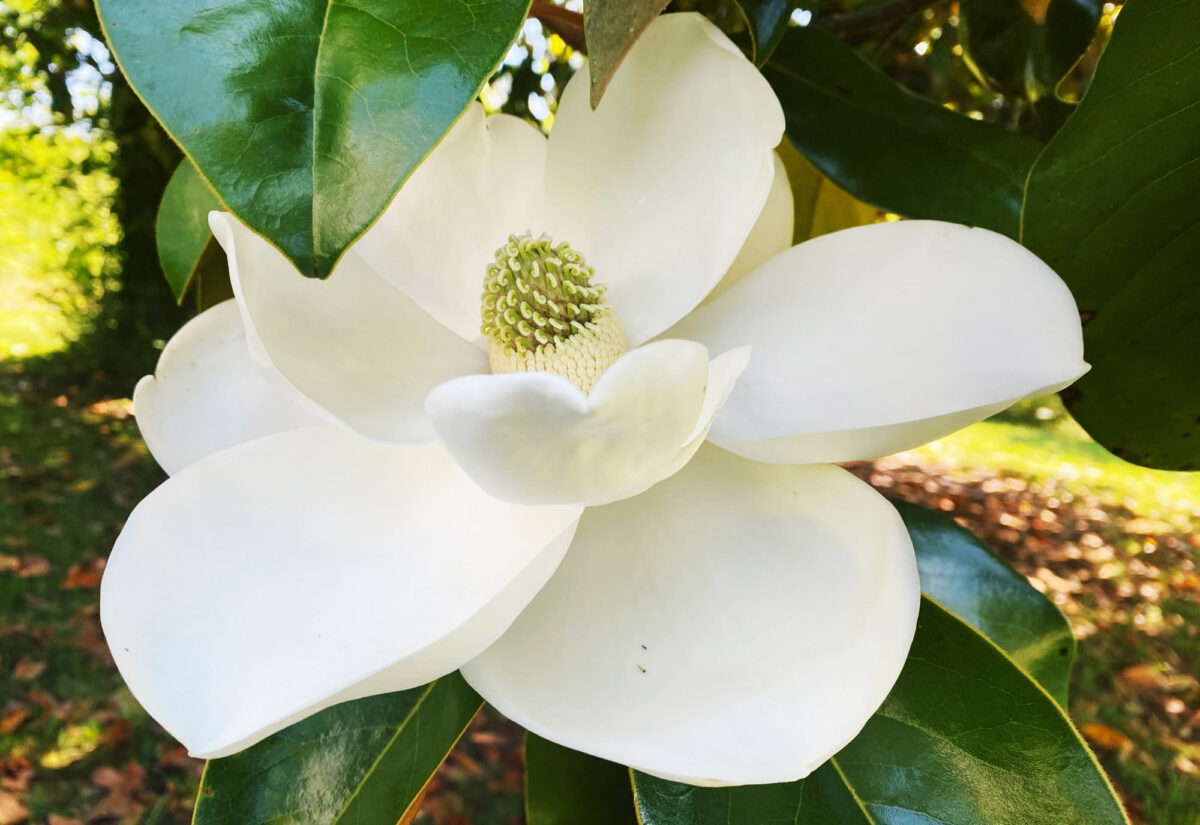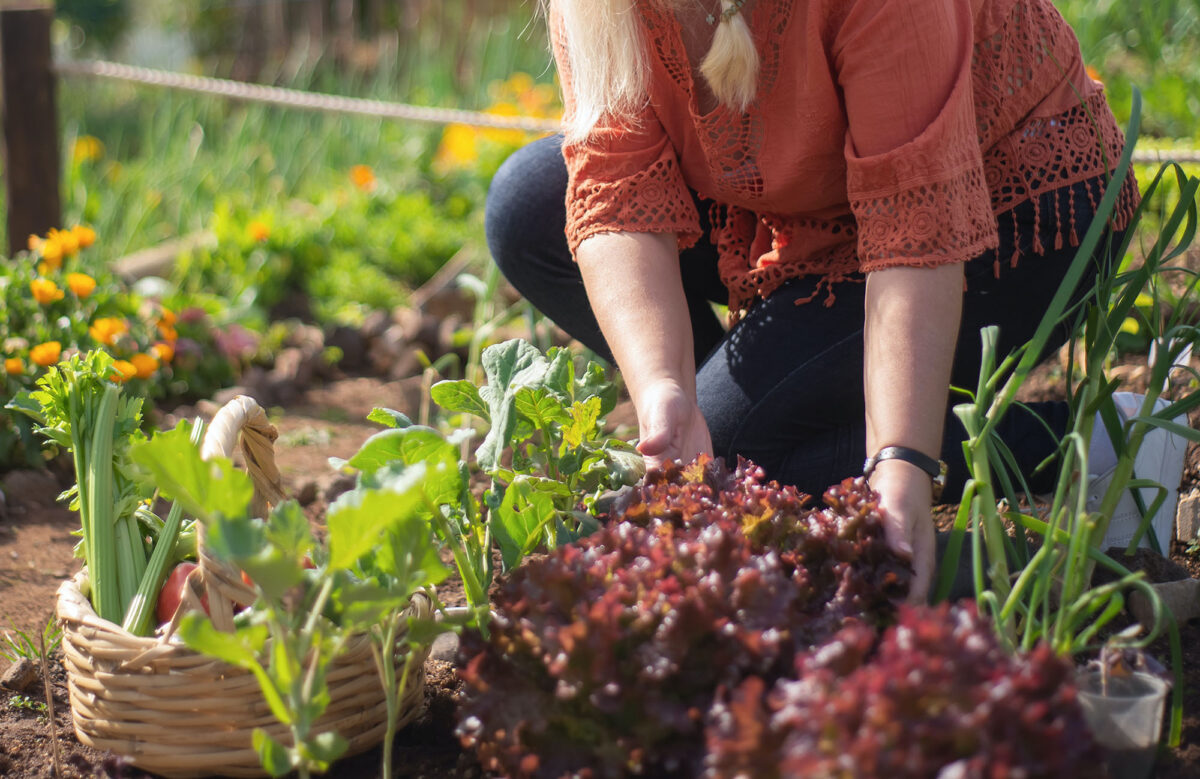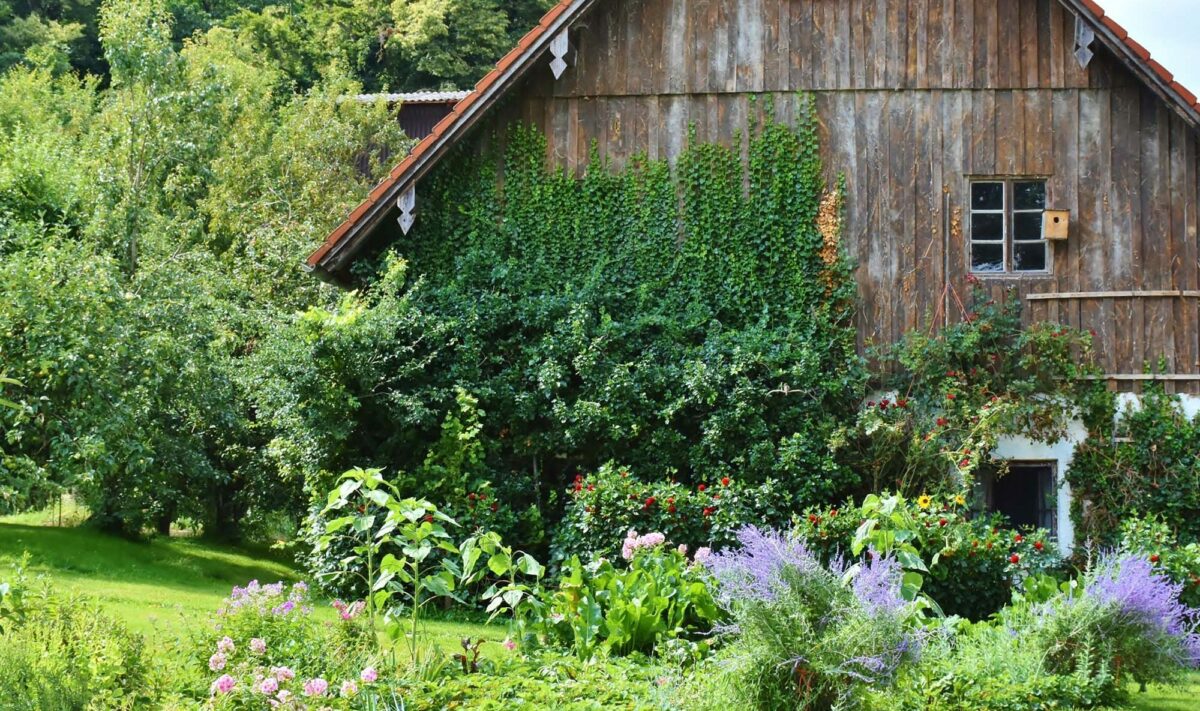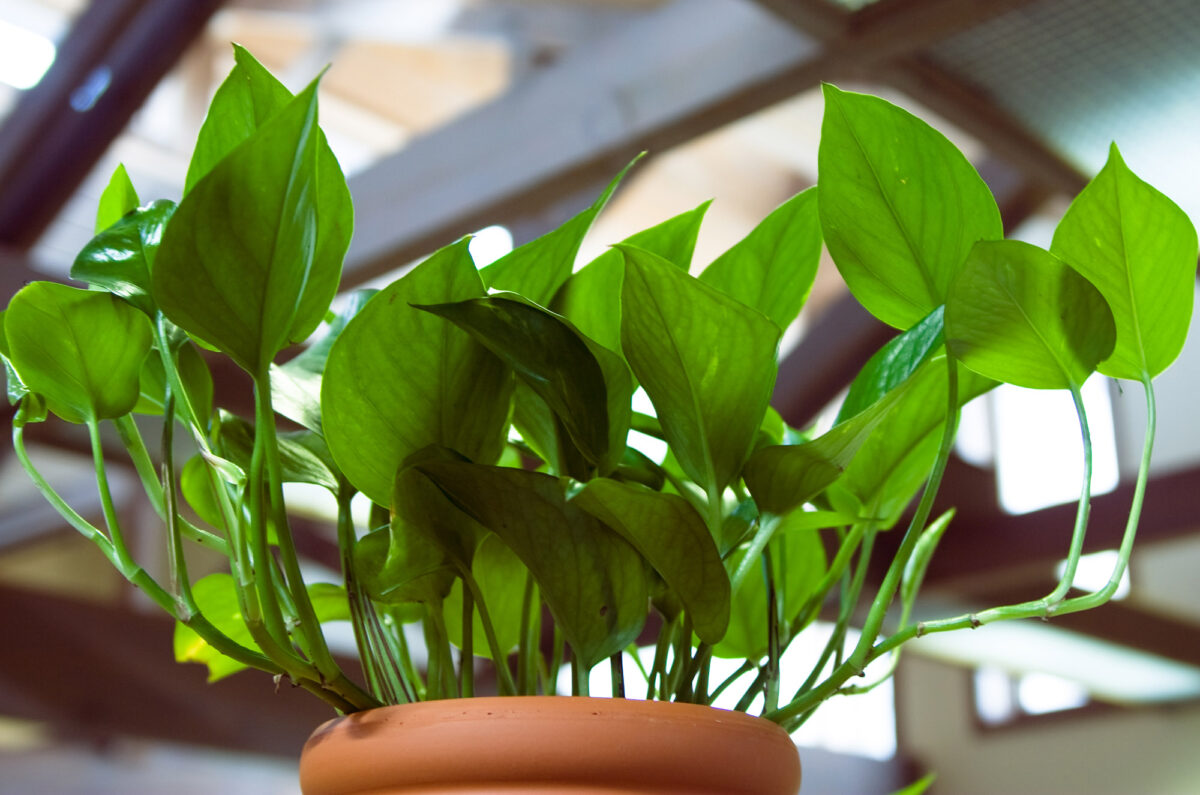The holidays will be here before you know it. That means it’s time to start brainstorming present ideas. For your hiking buddies, a nice new daypack or thick socks can do the trick. For dad, you can’t go wrong with a cozy hammock or new camping gear And for your friend who recently got into birdwatching? Well, they’ll be delighted to unwrap a new pair of binoculars.
But what about the plant-loving gardeners in your life? Do you know what to get them? If the mere thought of figuring out which planters and trowels to buy sends you into a panic, this guide is for you. These 12 gardening gift ideas will help you find the right present for all of your green-thumbed loved ones.
